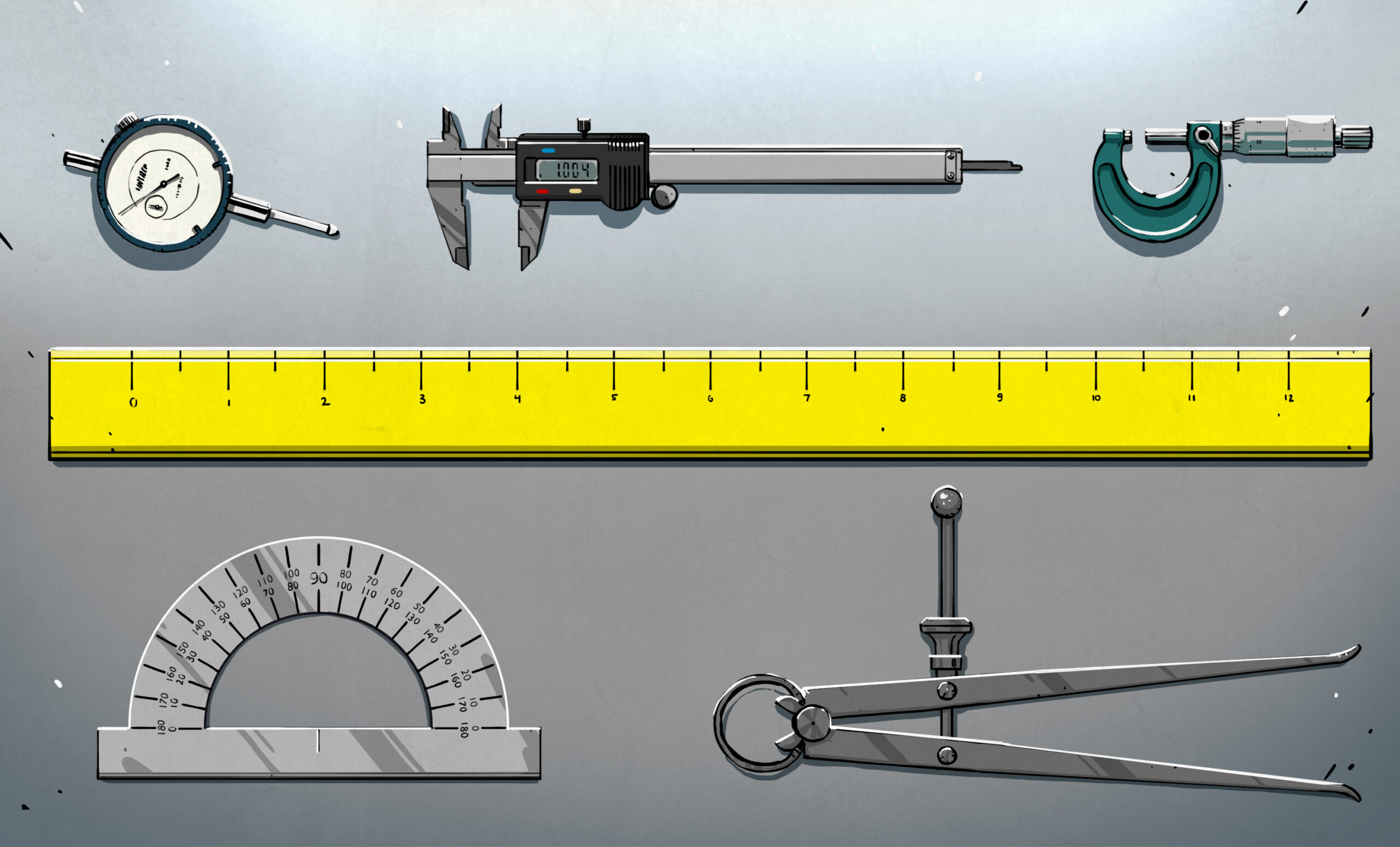A recent article by Al Williams on Hackaday regarding the conversion between metric and traditional US units has ignited a lively debate among readers. The piece highlights the challenges and quirks of navigating both measurement systems, drawing attention to how they coexist in various fields, especially in technology and engineering.
The discussion reveals a fascinating reality: many individuals, particularly in technical disciplines, need to be proficient in both metric and imperial units. For instance, in printed circuit board (PCB) design, measurements often mix tenths and thousandths of an inch with millimeters, all on the same project. This duality exemplifies the complexity faced by practitioners who routinely switch between the two systems without hesitation.
In the United States, 3D printer enthusiasts commonly refer to hardware specifications in metric, such as M3 bolts, while filament is generally sold by the kilogram. This blend of measurements is not unique to the US; even in Europe, a garden hose may have a ¾-inch thread, while a desk monitor measures 29 inches diagonally. Conversely, Americans frequently purchase two-liter bottles of soda without a second thought, demonstrating the fluidity of measurement systems in daily life.
The situation is particularly pronounced in the UK, where distances are often measured in miles, but housing dimensions are provided in meters. Consumers encounter gas sold by the liter and beer by the pint, while personal measurements can be recorded in feet, inches, kilograms, or even stones. This eclectic mix of units showcases the adaptability and flexibility of individuals as they navigate various contexts.
Williams argues that both systems have their advantages and disadvantages. For instance, using millimeters can be beneficial in carpentry, as it aligns closely with tolerances achievable with hand tools. While measuring in 32nds of an inch is technically possible, it can lead to confusion and impracticality, especially when dealing with plywood sheets that are not commonly sold in such precise dimensions.
Despite the convenience of using multiple systems, Williams cautions against this flexibility in critical applications. Clarity is essential when lives are at stake, particularly in fields like aviation where precise measurements are crucial. A miscalculation, such as loading insufficient fuel due to errors in converting between metric and imperial tons, can have dire consequences. The implications of unit conversion errors highlight the importance of accuracy in technical specifications.
As the debate continues on Hackaday, it is clear that the intersection of metric and imperial units is more than just a technical issue; it reflects broader cultural attitudes towards measurement and precision. The article serves as a reminder that while flexibility can be advantageous, it is vital to remain vigilant about the potential pitfalls associated with using multiple measurement systems, especially in high-stakes environments.
This lively discussion not only engages the community but also underscores the importance of clear communication in technical fields. As professionals and enthusiasts alike navigate the complexities of measurement systems, the ongoing dialogue around their use is likely to persist, emphasizing the need for precision and clarity.
